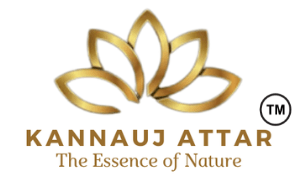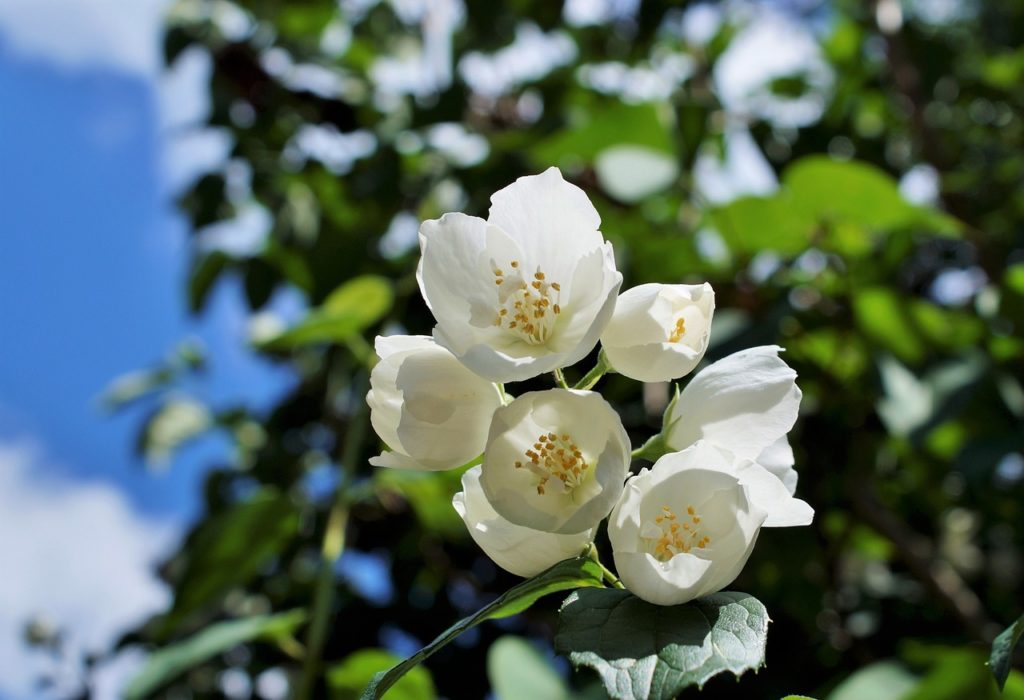History & Cultural Aspects of Jasmine:
Jasmine has a fragrance that is connected to the spiritual, religious and medication aspect of life. Jasmine is a fragrance that is refreshing and lively. For centuries, jasmine flowers have been offered to Gods in Indian culture and used as medicine in the Ayurveda- the ancient medical practices of India. All over the world, the fragrance of jasmine is famous for its benefits and uses. Many popular brands have used special jasmine fragrances to allure their customers into buying their perfumes and scents.
Applications & Benefits of Jasmine Essential Oil:
Jasmine oil is one of the expensive oils in the world because it has several uses and benefits. Jasmine oil can be used in a variety of ways. It can be directly put on skin or inhaled; it can be combined with other oils like base oil. It can also be combined with other essential oils to give a smoothening scent. The ways to use jasmine oil are numerous. Some of the benefits of using the jasmine oil are –
- It boosts the mood of the person using jasmine oil and helps to keep them away from stress and anxiety. When used for longer periods, it removes any signs of depression from the people.
- The jasmine oil has properties that help to boost the immunity of the body. It is because of this quality that it is used in Ayurveda and mixed with different medicines to cure symptoms of diseases.
- When mixed with lavender oil, jasmine oil gives a very pleasant scent and it can be used to fall asleep faster. This is a great remedy for those who suffer from insomnia.
- It naturally decreases the menopause symptoms in women. Menopause is considered as one of the main problems that women face in their late 40’s or early 50’s. Using jasmine oil can help with the symptoms of menopause.
Sources of Jasmine Flower:
The two main types of jasmine flower breeds that are used to extract essential oils and Attar from them are Jasminum sambac and Jasmine grandiflorum. There are other varieties of the jasmine flower that are known to produce the oil but they are not as commonly used for the oil. Jasminum sambac flower is found in Southeast Asia mostly where it is grown in abundance for its aroma and other purposes. In the present day, Egypt is said to have the largest jasmine oil production in the world. Along with Egypt France, India and Morocco produce a large quantity of the jasmine oil. Lately, Japan is said to be one of the largest producers of jasmine flower.
Distillation of Jasmine Attar or Essential Oil
Jasmine oil is not distilled through the steam distillation like other plant oils. It has a special two-part process that is used to extract the oil from the jasmine flower.
Firstly, a waxy material known as the jasmine concrete is extracted from the flower with the help of hexane. This concrete is sold as it is or goes for further process of producing the essential oil.
The concrete is usually made at the place where the jasmine flowers are grown. The jasmine concrete is something that is needed to be prepared quickly possible from the jasmine flower so that the flowers do not lose any freshness and fragrance during the process.
Now, the second part of the process where the jasmine absolute is prepared, it can wait for longer periods. That is why sometimes the concrete is made at one place and then the jasmine concrete is exported to another country or city where the absolute is prepared by a refined method.
For concrete to shift into absolute, it is washed with the solution of ethanol several times. Afterward, this liquid is distilled to obtain the absolute form.
Types of Jasmine oil
Different types of jasmine oils are produced with different species of jasmine flowers. Sometimes, people grow flowers according to the demand of specific type of jasmine oil. Sometimes the type of oil that is extracted depends on climate and soil of the area where the specific species of jasmine is grown. There are four main species of the jasmine plant that are used to make the oil out of them. Following is the species, their properties, and their oil types:
Jasminum Oficinale:
Jasminum oficinale is orange in color and has a very strong fragrance. Several brands use this fragrance to mix it with other fragrances while making their special brand perfume or scent.
Jasminum Grandiflorum:
Jasminum grandiflorum in its absolute has different colors ranging from yellow-orange-red. It is taller than the other variety of jasmine flower which is called Jasminum sambac. This type of jasmine flower species is found in India and Egypt. Its oil has a signature mild fragrance that can be stored for a long duration of time so as to make the scent stronger.
Jasminum Sambac:
Jasminum sambac is a dwarf plant that flowers almost throughout the year. The term sambac has Arabic origin where it means the jasmine oil. The flower opens and gives fragrance in the night and closes the petals in the morning. The fragrance of Jasminum sambac is refreshing and lively with hints of honey and citrus scents. Its oil is thick in its nature and has a red color. This type of species is mainly found in eastern Asia especially India.
As we can see, jasmine oil is very popular oil that is available with famous brands and at natural apothecaries. To buy the pure jasmine oil, always make sure that you get it from a good place. It is expensive and you do not want any compromise with the quality of the oil.
While buying the oil, you can check the ingredients to find out which species of jasmine flower plant is used to make that specific oil that you are going to buy.
There are many benefits of using jasmine oil in day to day life. It can be used in different ways. When passed through various processes, the jasmine flower plant produces the oil that is perfect in its aroma and ready to use. Make sure to give the jasmine oil try at least once.

